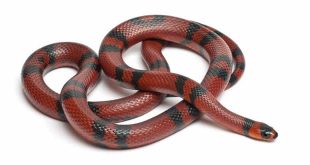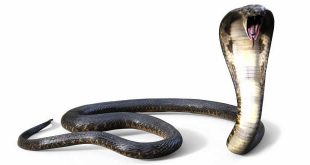 Pond Turtle — The Western Pond Turtle rarely lives in ponds. This is due to the fact that before the construction of farm ponds and reservoirs there were relatively few ponds in the western United States. The turtle’s habitat includes streams, large rivers, and slow-moving water. They are most common in areas with large rocks and boulders, where they go to bask in the sun. Although the turtles need to live around water bodies, they can survive drought in the more arid regions by digging into the mud in dried up riverbeds. The Western Pond Turtle is an omnivore and a scavenger. Its diet consists mainly of insects, including the larvae of caddisflies, dragonflies and nymphs. Western Pond Turtles also eat small fish, frogs, and some plants. Predators of adults include raccoons and coyotes. Young Western Pond Turtles are preyed upon by a wider range of creatures, such as raptors, weasels, large fish species and bullfrogs (an introduced species). Western Pond Turtles breed from mid to late spring. Females deposit a clutch of up to 11 eggs in sand or loose soil, usually near a pond.
Pond Turtle — The Western Pond Turtle rarely lives in ponds. This is due to the fact that before the construction of farm ponds and reservoirs there were relatively few ponds in the western United States. The turtle’s habitat includes streams, large rivers, and slow-moving water. They are most common in areas with large rocks and boulders, where they go to bask in the sun. Although the turtles need to live around water bodies, they can survive drought in the more arid regions by digging into the mud in dried up riverbeds. The Western Pond Turtle is an omnivore and a scavenger. Its diet consists mainly of insects, including the larvae of caddisflies, dragonflies and nymphs. Western Pond Turtles also eat small fish, frogs, and some plants. Predators of adults include raccoons and coyotes. Young Western Pond Turtles are preyed upon by a wider range of creatures, such as raptors, weasels, large fish species and bullfrogs (an introduced species). Western Pond Turtles breed from mid to late spring. Females deposit a clutch of up to 11 eggs in sand or loose soil, usually near a pond.
These small fresh-water turtles inhabit northern South America. They get their name from the bright yellow spots on their head and neck. Their carapace is fourteen to twenty-seven inches, weigh five to fifteen pounds and live to seventy years. They draw in their heads by bending the neck vertically and laying the head to the side in the final movement so the spinal cord is S-shaped. Their diet is primarily small animals such as insects, worms, and aquatic animals; however, they will also eat plant material. Our diet for these turtles consists of fruits, chopped greens, moistened dog food, smelt and raw meat.
 Kids Portal For Parents India Kids Network
Kids Portal For Parents India Kids Network


